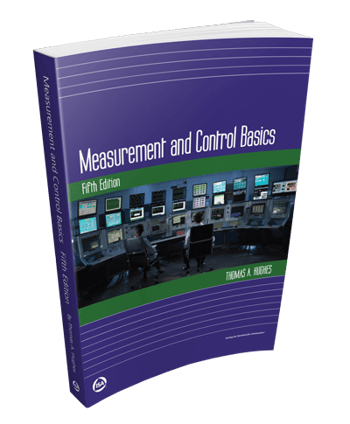AutoQuiz is edited by Joel Don, ISA's social media community manager.
This automation industry quiz question comes from the ISA Certified Control Systems Technician (CCST) program. Certified Control System Technicians calibrate, document, troubleshoot, and repair/replace instrumentation for systems that measure and control level, temperature, pressure, flow, and other process variables. Click this link for more information about the CCST program.
Reynolds number, a dimensionless quantity used to describe flow in a pipe, can be represented by the formula:
Re = ρ V dh / µ
This quantity is useful because it describes the ratio between which two quantities?
a) ratio of electrical charge to fluid capacitance for the fluid
b) ratio of specific gravity to heat capacity of the fluid
c) ratio of inertial forces to viscous forces on the fluid
d) ratio of frictional forces to kinetic forces on the fluid
e) none of the above
Answer A cannot be correct: Reynolds number does not indicate a relationship of electrical properties of fluids.
Answer B cannot be correct: Reynolds number does not give a relation to the thermal or mass capacity properties of fluids.
Answer D is not correct. While frictional forces could be equated to viscous forces and kinetic forces could be equated to inertial forces, the ratio indicated in Answer D would be the inverse of the true relationship.
The correct answer is C, the ratio of inertial forces to viscous forces on the fluid. The inertial forces in the numerator are given by the product of mass (density), fluid velocity, and pipe diameter. The viscous forces on the fluid are represented by the viscosity in the denominator.
Reference: Hughes, T.A., Measurement and Control Basics, Fifth Edition.

About the Editor
Joel Don is the community manager for ISA and is an independent content marketing, social media and public relations consultant. Prior to his work in marketing and PR, Joel served as an editor for regional newspapers and national magazines throughout the U.S. He earned a master's degree from the Medill School at Northwestern University with a focus on science, engineering and biomedical marketing communications, and a bachelor of science degree from UC San Diego.




